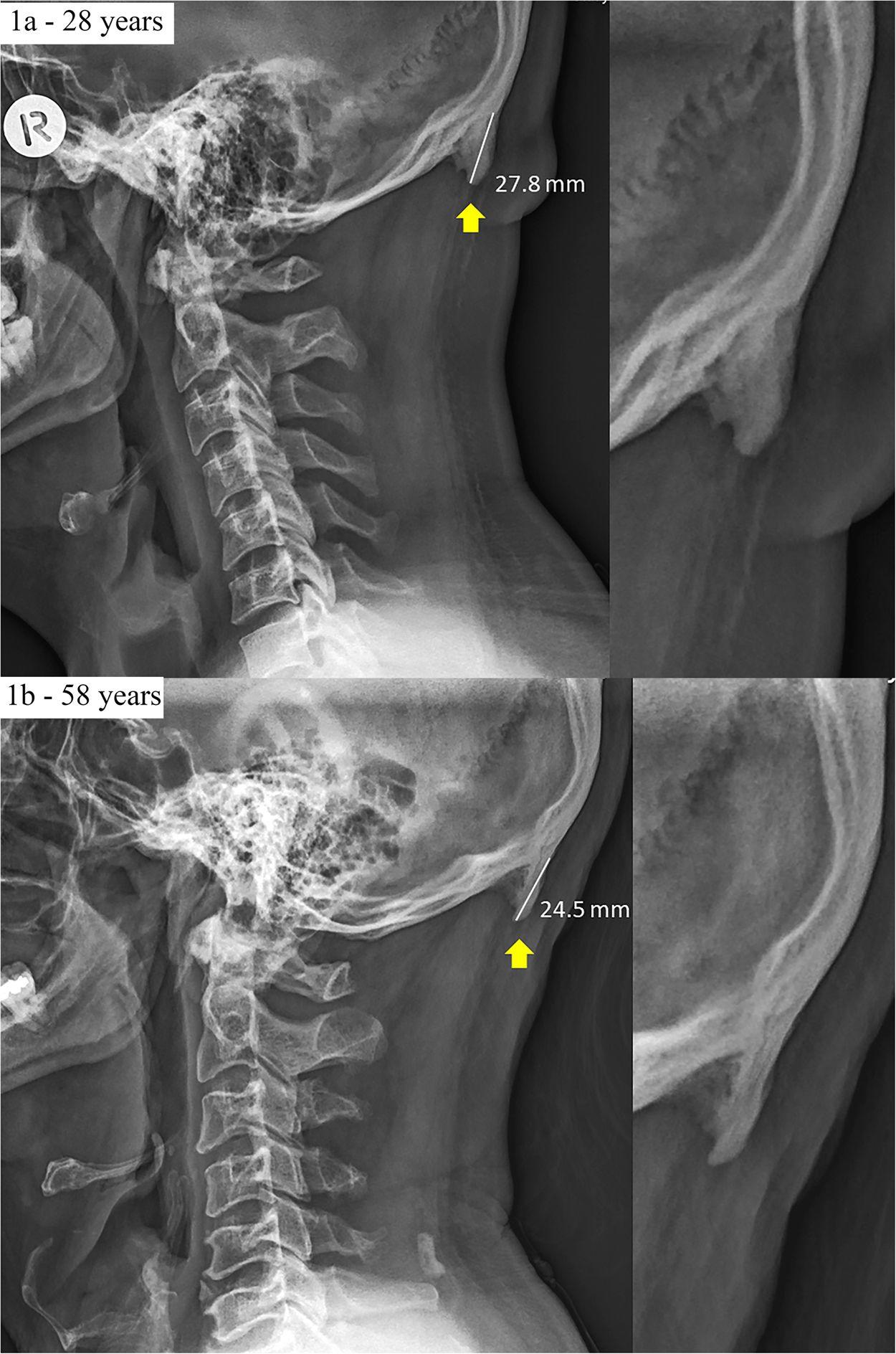CLAIM: Smart phone use begins to physically alter living human beings, growing bone spurs on the back of their skulls
07/01/2019 / By Lance D Johnson

Smart phones are altering how humans think, how they behave, and how they communicate. These devices are also physically changing the human skull. Researchers have identified the evolution of bone spikes on the human skull. These bone layers are showing up on the back of the skulls of people who routinely crane their neck to use their Smart phone.
Human evolution is entering a new era, an era where people are constantly bombarded by information. Accessible information and communication is changing how the human brain works. Constantly distracted by the Smart phone, humans have become dependent on and controlled by this handheld portal. Smart phone use disrupts day-to-day interactions, causing disconnection between friends and family members in real life. The brain has also become addicted to multiple dopamine rushes throughout the day, as Smart phone users check their phone for text messages, likes, re-tweets, news updates, comments, and other trending topics. These constant distractions cause sleep disruptions, reduced attention span, and eye fatigue.
When out in public, it is rare to find a human being who isn’t craning their neck to look into a screen. People are not only unaware of their surroundings most of the time, but they are also damaging the very makeup of their physical bodies. This new era of perpetual craning of the neck is causing problems with posture. It’s also causing many to be dependent on chiropractors for cervical neck and spinal adjustments.
Australian researchers finding an increase in bone growths in the x-rays of millennials
David Shahar, a health scientist at the University of the Sunshine Coast in Australia published a study documenting an increase in external occipital protuberance. This phenomenon can plainly be described as a lump on the back of the head. David Shahar has found an increase of these bone spikes in 18 to 30 year olds, suggesting that this spinal intrusion could be the result of excessive smart phone use. The constant craning of the neck is causing the body to grow new bone layers on the back of the skull.
The phenomenon was once considered rare, but Shahar and fellow researchers have noticed an increase in bone spikes in millennial x-rays taken at his clinic. Out of two hundred eighteen radio-graphs taken at his clinic, external occipital protuberance was detected in 41 percent of the patients! The phenomenon was more common in men; 67 percent of the bone spikes were in male patients. The bone spikes were also longer in length in the male patients. The longest was measured at 35.7mm. The longest spike for women was 25.5mm. Approximately 10 percent of all patients in the study had a spike measuring at least 20mm long.
The anatomical name for the extra bone layers is called enthesophytes. This kind of bony projection extends from tendons or ligaments. Shahar believes that these spurs are appearing because the newest generation of millennial’s is constantly using hand-held technologies from early childhood into adolescence and adulthood. Because the neck must now work overtime to stabilize the head as it lies fixated in the down position, more bone is needed at the back of the skull to support the head over time. The body is adapting by creating an extra “bond” to stabilize the head and prevent degeneration of the neck and spine. (Related: Fix your “tech neck” with stretches and neck stabilization exercises.)


Image credit: OnlineLibrary.Wiley.com
Sources include:
Tagged Under: bone growth, bone spike, brain evolution, dangerous tech, enthesophytes, evolution, Glitch, mobile phones, morphology adaptation, musculoskeletal system, physical changes, Smart Phone, Smartphones, spinal health, tech neck, weird science
RECENT NEWS & ARTICLES
COPYRIGHT © 2017 GLITCH.NEWS
All content posted on this site is protected under Free Speech. Glitch.news is not responsible for content written by contributing authors. The information on this site is provided for educational and entertainment purposes only. It is not intended as a substitute for professional advice of any kind. Glitch.news assumes no responsibility for the use or misuse of this material. All trademarks, registered trademarks and service marks mentioned on this site are the property of their respective owners.



















